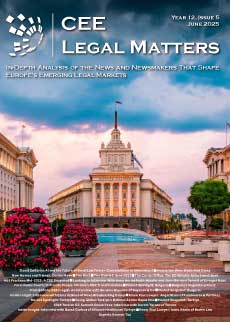On 18 June 2025, the National Commission for State Regulation of Energy and Public Utilities (NEURC) adopted a resolution amending the Licensing Conditions for Energy Storage (Resolution No. 882).
The new provisions specify the list of documents to be submitted by license applicants to the NEURC to confirm the readiness of energy storage facilities for commissioning and to obtain a license.
What has changed?
The updated licensing conditions now provide for two options for documents depending on the type of energy storage facility:
- For installations that are construction objects or immovable property, a copy of the document confirming readiness for commissioning in accordance with urban planning legislation (certificate or declaration depending on the impact class SS2/SS3) shall be submitted.
- For installations that can be moved without depreciation, damage, or change of purpose (movable property), the following shall be submitted:
- a copy of the comprehensive test report issued by the contractor and the relevant distribution or transmission system operator (including information on the type, model, serial number of the installation, test results, and conclusion on readiness for commissioning),
- a copy of the order for the commissioning of the energy storage installation.
Why is this important?
In accordance with the legislation, in particular the Law of Ukraine "On the Regulation of Urban Development," commissioning is only provided for construction objects. At the same time, according to the Law of Ukraine "On Certain Issues of the Use of Vehicles Equipped with Electric Motors and Amendments to Certain Laws of Ukraine on Overcoming Fuel Dependence and Developing Electric Charging Infrastructure and Electric Vehicles," energy storage installations may be located without construction work on land plots of any intended use, including as movable property.
In this regard, the NEURC has regulated the existing legislative gap and established an alternative form of confirmation of the readiness of energy storage facilities for operation.
The new version simplifies procedures for operators of installations that are not construction objects. By reducing the regulatory burden on investors, the changes may create more favourable conditions for the development of energy storage technologies.
When does it come into force?
The resolution came into force on 20 June 2025.
By Yaroslav Petrov, Partner, and Kateryna Andarak, Associate, Asters




